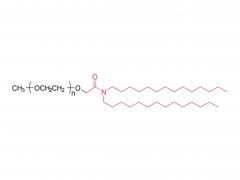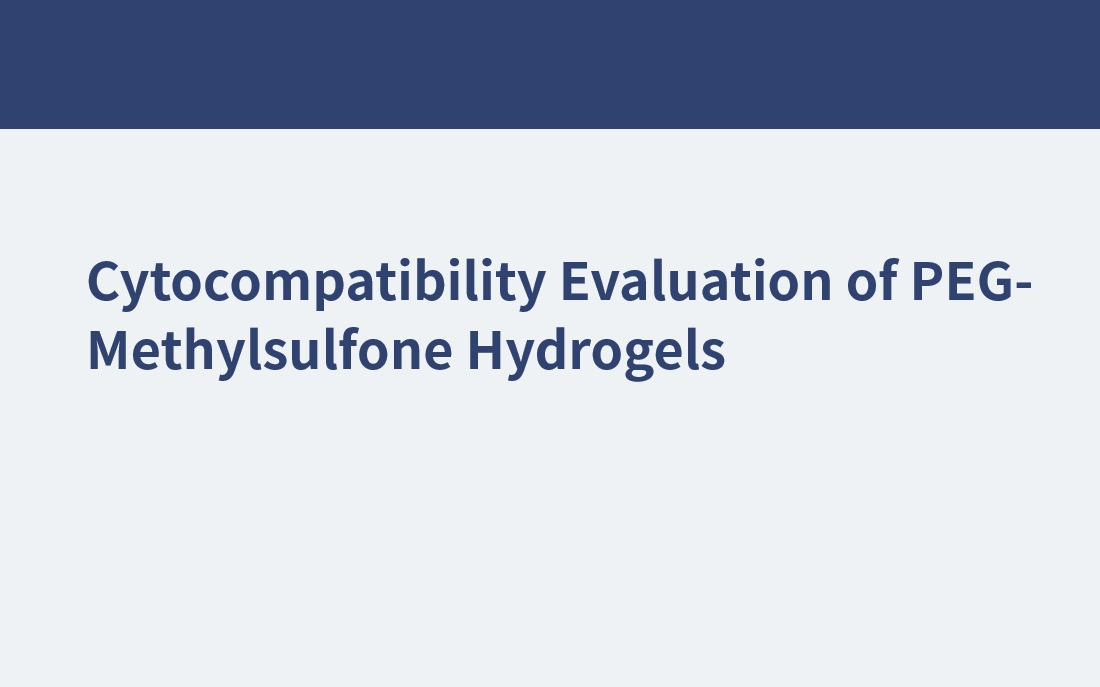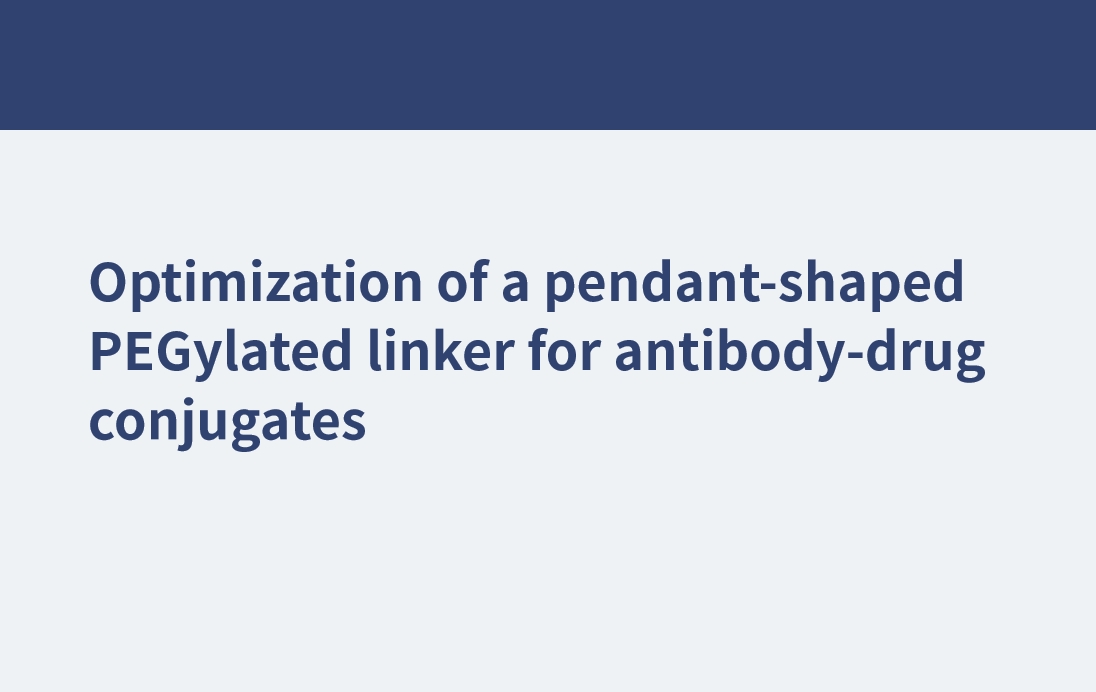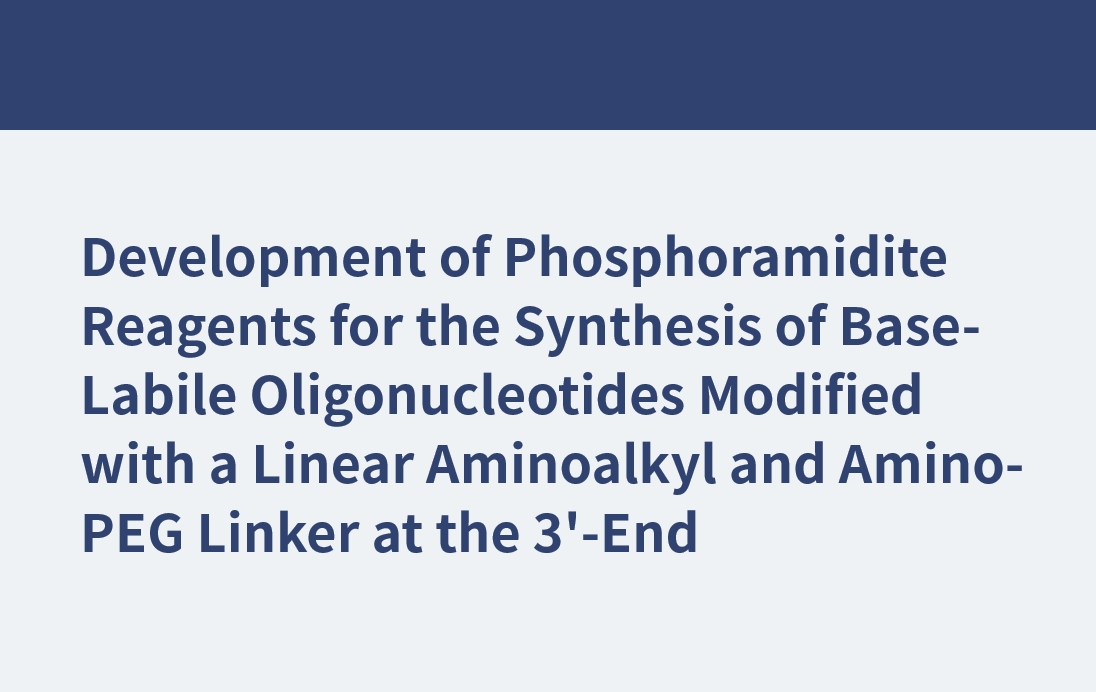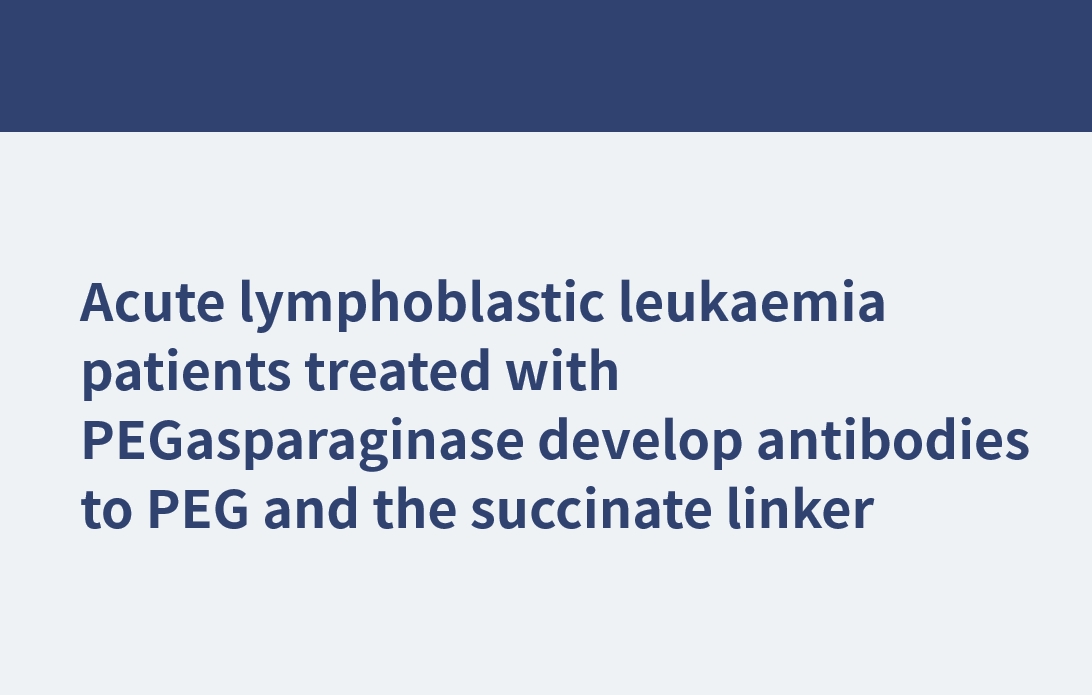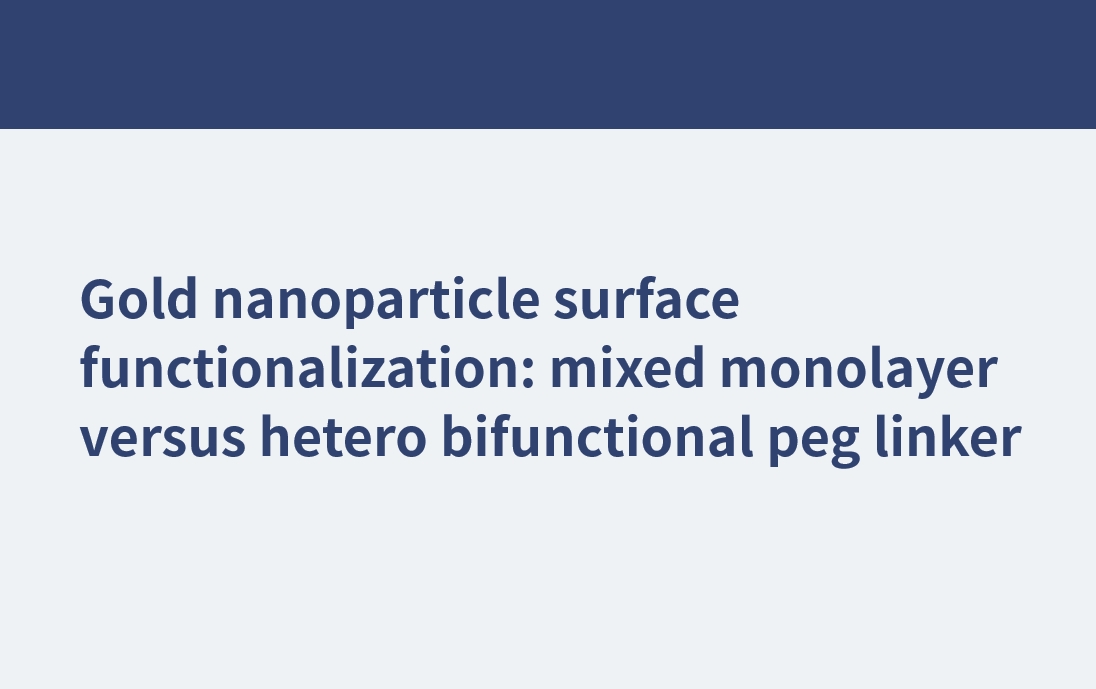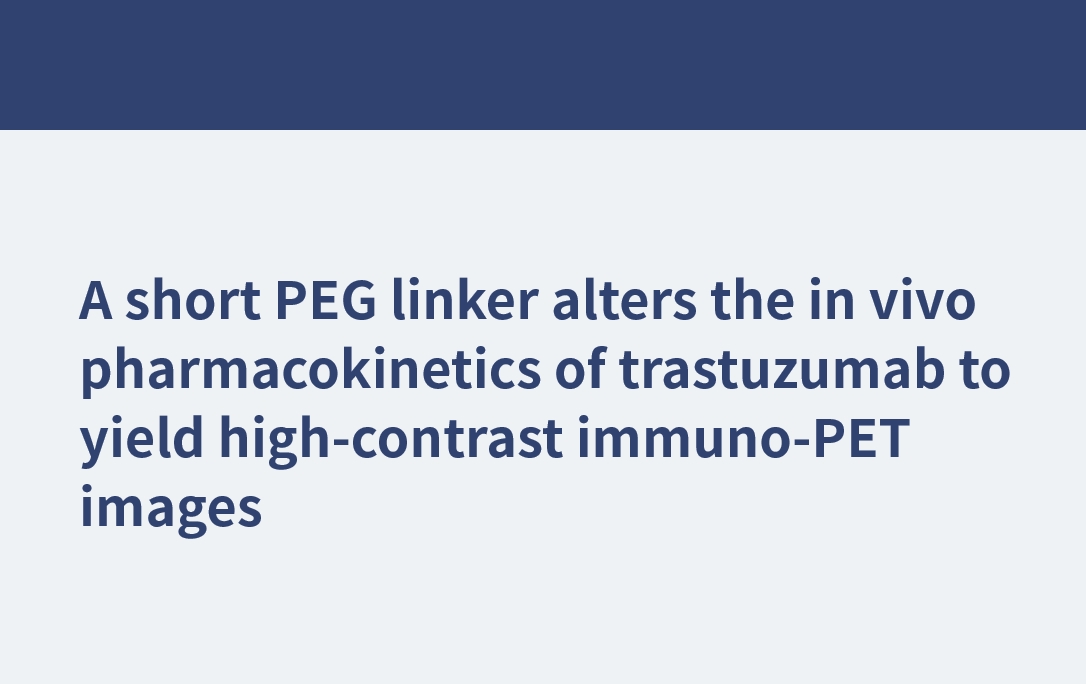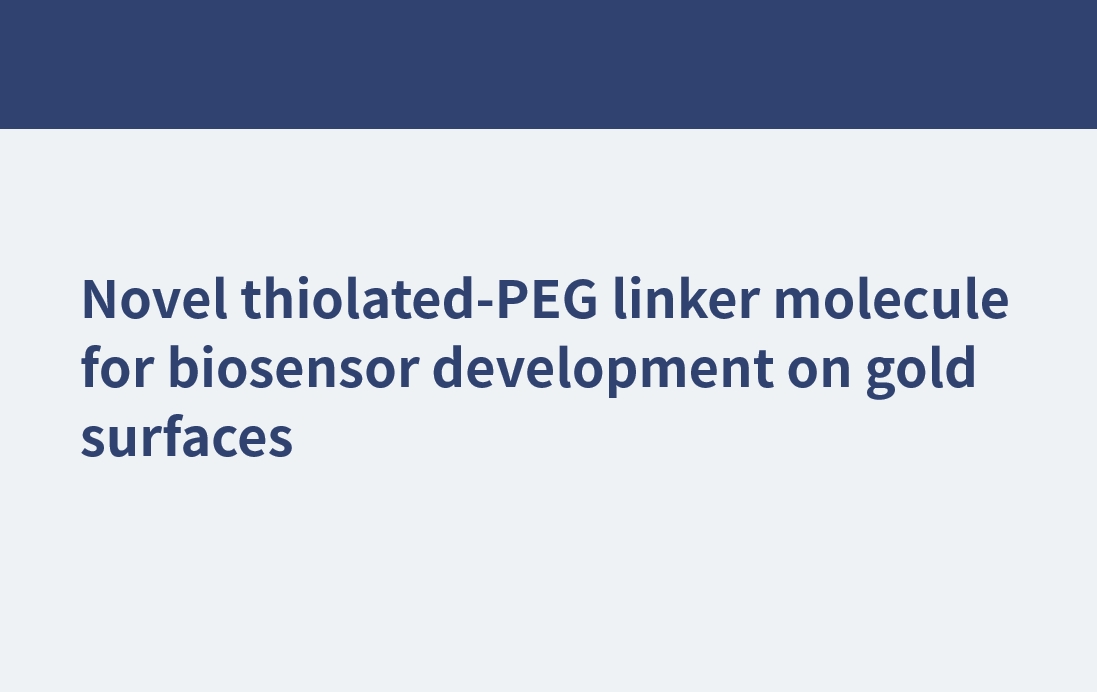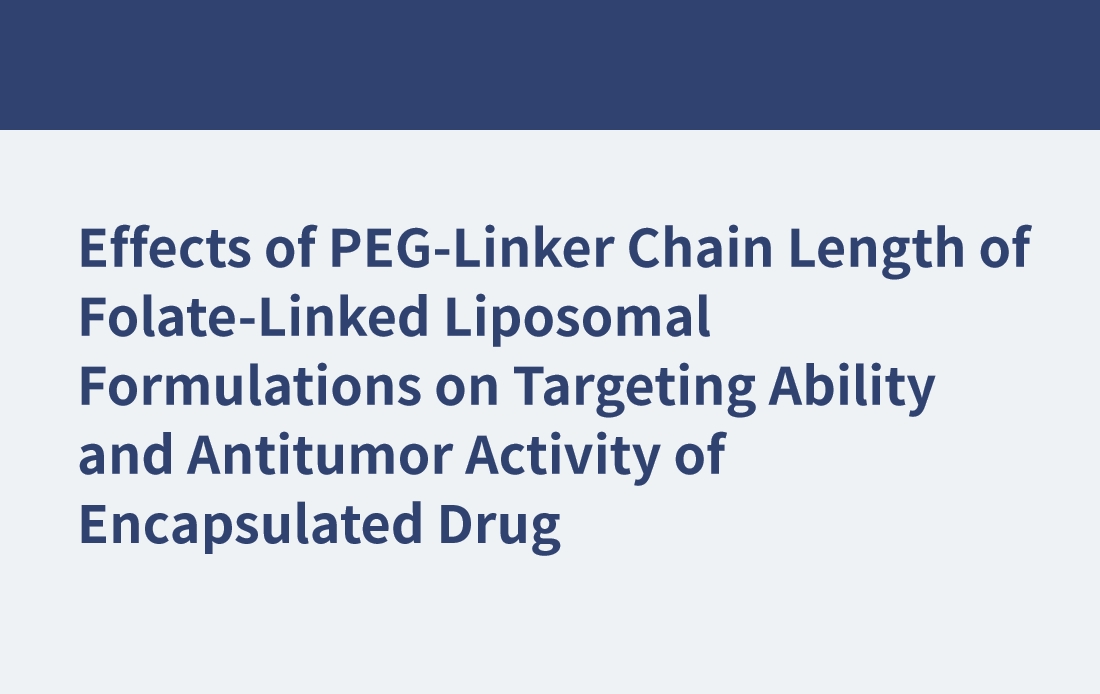ACS Omega. 2023 Aug 23;8(35):32043-32052. doi: 10.1021/acsomega.3c03952. eCollection 2023 Sep 5. Cytocompatibility Evaluation of PEG-Methylsulfone Hydrogels Abstract Methylsulfone derivatized poly(ethylene) glycol (PEG) macromers can be biofunctionalized with thiolated ligands and cross-linked with thiol-based cross-linkers to obtain bioactive PEG hydrogels for in situ cell encapsulation. Methylsulfonyl-thiol (MS-SH) reactions present several advantages for this purpose when compared to other thiol-based cross-linking systems. They proceed with adequate and tunable kinetics for encapsulation, they reach a high conversion degree with good selectivity, and they generate stable reaction products. Our previous work demonstrated the cytocompatibility of cross-linked PEG-MS/thiol hydrogels in contact with fibroblasts. However, the cytocompatibility of the in situ MS-SH cross-linking reaction itself, which generates methylsulfinic acid as byproduct at the cross-linked site, remains to be evaluated. These studies are necessary to evaluate the potential of these systems for in vivo applications. Here we perform an extensive cytocompatibility study of PEG hydrogels during in situ cross-linking by the methylsulfonyl-thiol reaction. We compare these results with maleimide-thiol cross-linked PEGs which are well established for cell culture and in vivo experiments and do not involve the release of a byproduct. We show that fibroblasts and endothelial cells remain viable after in situ polymerization of methylsulfonyl-thiol gels on the top of the cell layers. Cell viability seems better than after in situ cross-linking hydrogels with maleimide-thiol chemistry. The endothelial cell proinflammatory phenotype is low and similar to the one obtained by the maleimide-thiol reaction. Finally, no activation of monocytes is observed. All in all, these results demonstrate that the methylsulfonyl-thiol chemistry is cytocompatible and does not trigger high pro-inflammatory responses in endothelial cells and monocytes. These results make methylsulfonyl-thiol chemistries eligible for in vivo testing and eventually clinical application in the future. For more product information, please contact us at: US Tel: 1-844-782-5734 US Tel: 1-844-QUAL-PEG CHN Tel: 400-918-9898 Email: sales@sinopeg.com
View More







